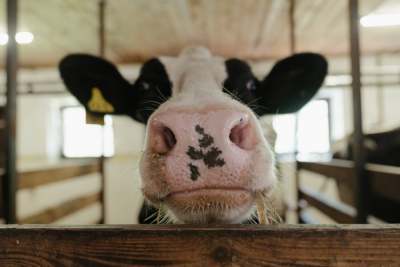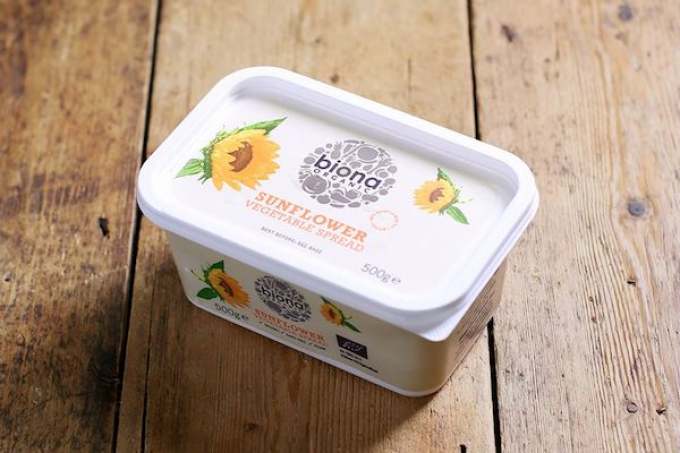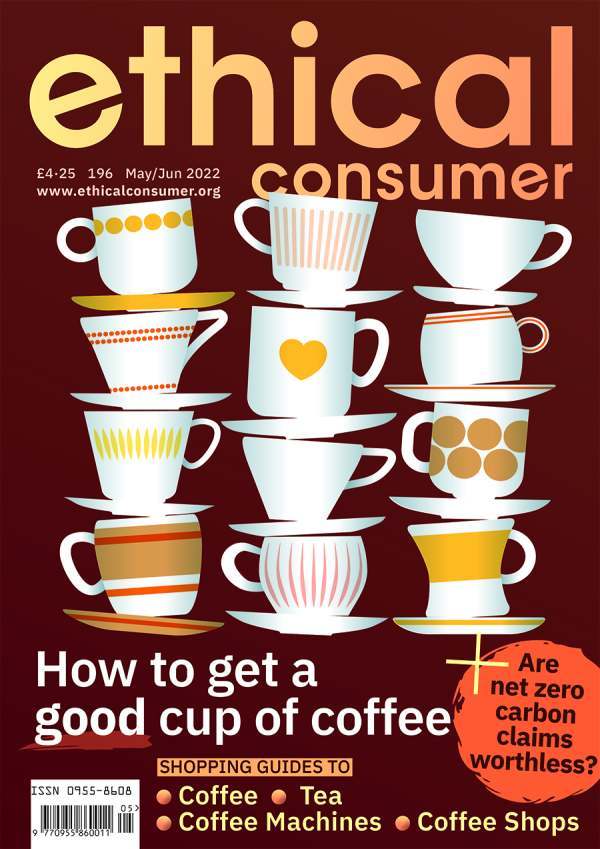What is the difference between butter, margarine and a spread?
Margarine is generally derived from plant-based oils and often goes through a process of hydrogenation to turn those liquid fats solid. Margarine contains between 80%-90% fat, whilst a spread is a blend of plant and/or animal fats with a fat content that is less than 80%.
Margarine and spreads are not necessarily vegan, with many (especially spreads) containing buttermilk for flavour. So always check the label if you are wanting to avoid dairy.
What are the origins of butter?
Humans have been churning cream into butter for at least 4000 years. One theory is that butter has its roots in the repetitive sloshing of bags of milk on the long horseback journeys of Eurasian nomads. Nowadays butter is technically defined by its 80-90% milk-fat content, although its original nomadic inventors were perhaps less particular.
Butter’s hegemony spread widely and went unchallenged for most of human history until 1869, when the French Emperor Napoleon III demanded a butter substitute for the armed forces and lower classes. The chemist Hippolyte Mège-Mouriès dutifully obliged by inventing margarine.
Butter vs margarine vs spread: which is healthiest?
Second World War era rationing made margarine a staple food among all social classes, yet retained an association with inferiority, poverty, and fakeness. In the words of food historian Alysa Levene, margarine became “a vehicle for class racism”.
Yet emerging links between saturated fat and cardiovascular diseases led to a margarine renaissance in the 1960s and 1970s. The poor man's butter was becoming the healthy man’s butter, and margarine companies were quick to capitalise. Enter a whole host of brands boasting all the flavours of butter without the health risks and hefty price tag – “I Can’t Believe It’s Not Butter”, “Utterly Butterly”, etc. ad nauseam.
Westerners were increasingly replacing butter’s saturated fats with margarine’s polyunsaturated fatty acids, but the process to make polyunsaturated fat spreadable – as needed for margarine and spreads – involves partial hydrogenation: a process that creates trans fats, discovered in the 1990s to be worse for you than saturated fat.
Nowadays, some newer margarines and spreads are low in saturated fat, high in unsaturated fat, and free of trans fats altogether. And, for extra confusion, the whole idea that low-fat diets can reduce heart disease at all is increasingly facing scrutiny. In fact, large trials have shown the opposite effects of a diet high in certain high-fat foods such as nuts and extra virgin olive oil, which are both high in polyunsaturated fat.
So really, the butter vs marg vs spread question is a false comparison, as it depends on which brand you’re talking about. And, importantly, the healthiness of a given food is determined by much more than just its fat content.







